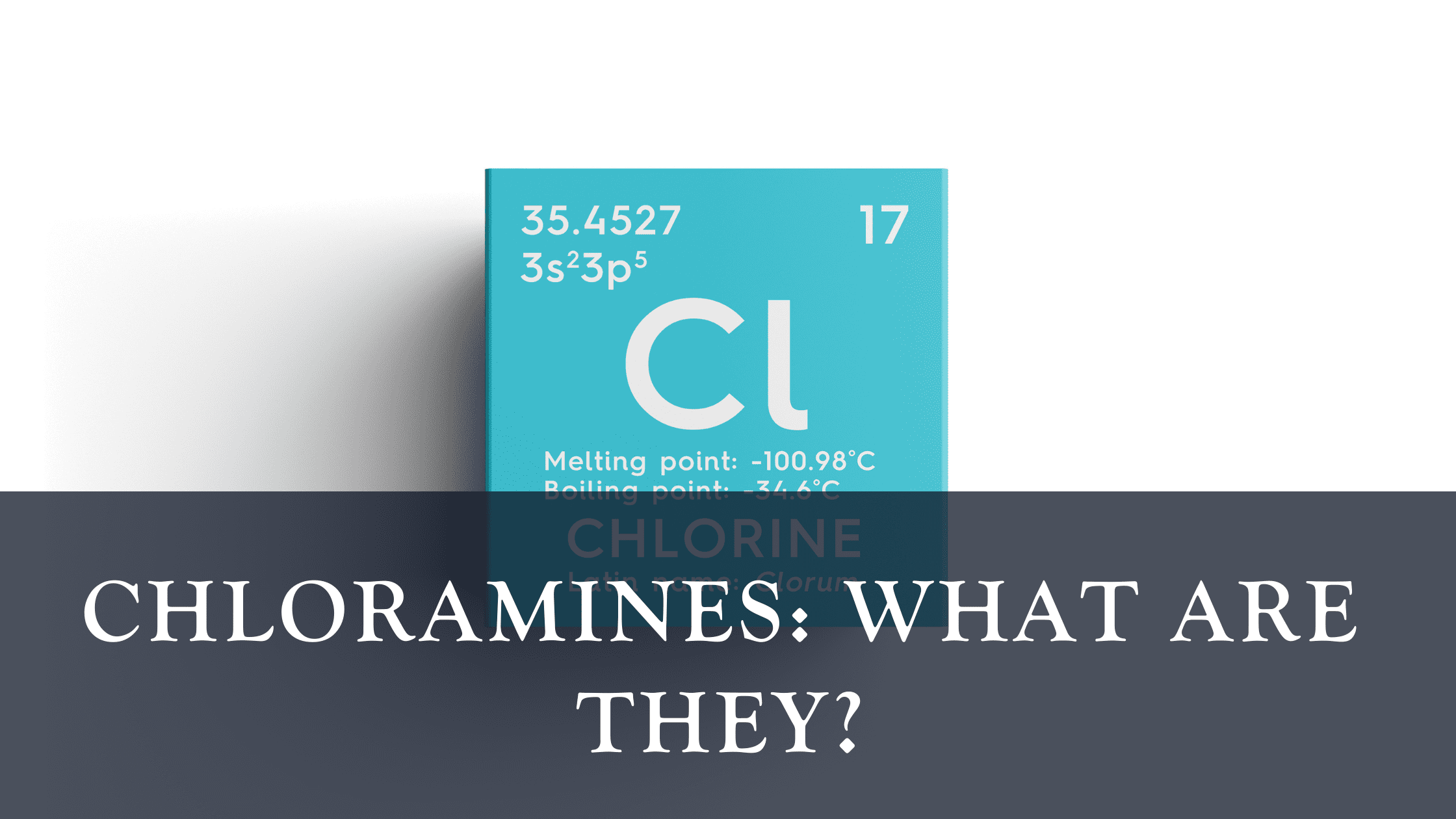You may have heard someone use the term chloramines, but perhaps you didn’t understand what the person was referring to.
When it comes to the chlorine in your pool, you have two types of Chlorine: Total Chlorine, which is the full amount of chlorine in the water and Free Chlorine, which is the amount of chlorine that is working to keep you and your loved ones safe. When you subtract the free chlorine from the total chlorine, what is left is the combined chlorine (aka chloramines).
Combined chlorine, or chloramines, is the act of chlorine molecules mixing with nitrogen and ammonia in the water. The chloramines are created by the contaminants in the water. Some contaminants are from swimmers such as saliva, urine, sweat, lotions, and hair products, while other contaminants are caused by rain, fog, and lawn or garden products.
Chloramines will leave your pool with that “chlorine” smell, and possibly be a source of eye, lung, and skin irritation. Some people believe that these are signs of having too much chlorine, but it is actually a sign of not enough Free Chlorine in the water.
To remove the chloramine, you will need to oxidize (shock) the pool, by adding a high dose of chlorine. The chlorine level must be raised 10 – 20 times the amount of combined chlorine – breakpoint chlorination. If you do not reach breakpoint and hold it there for 4 hours, more chloramines can be produced. During this period DO NOT enter the pool until the chlorine levels have dropped back down to the ideal range.
Alternatively, you can add a non-chlorine oxidizer to the water, non-chlorine oxidizers will separate the chlorine connection and remove the other contaminants from the pool. You will need to reach the same breakpoint and therefore you may need to add more non-chlorine shock to hit breakpoint oxidation.
If the chloramines keep returning, or you are unable to hold a chlorine reading, you may be faced with a chlorine demand situation. If this happens you will need to take a sample of your water into your pool professional for a chlorine demand test. A chlorine demand test takes a longer time to perform than a regular water test. Your pool professional will ask you to leave the sample with them and then wait for a call with the results.
To fix a chlorine demand issue you will need to use a higher dose of chlorine shock and repeat the process over time. Do not attempt to fix this issue yourself, visit your pool professional for exact dosing and timing requirements. If you do not follow the instructions provided it may result in wasted time and money (from needing to repeat the process and purchase more chemicals).

